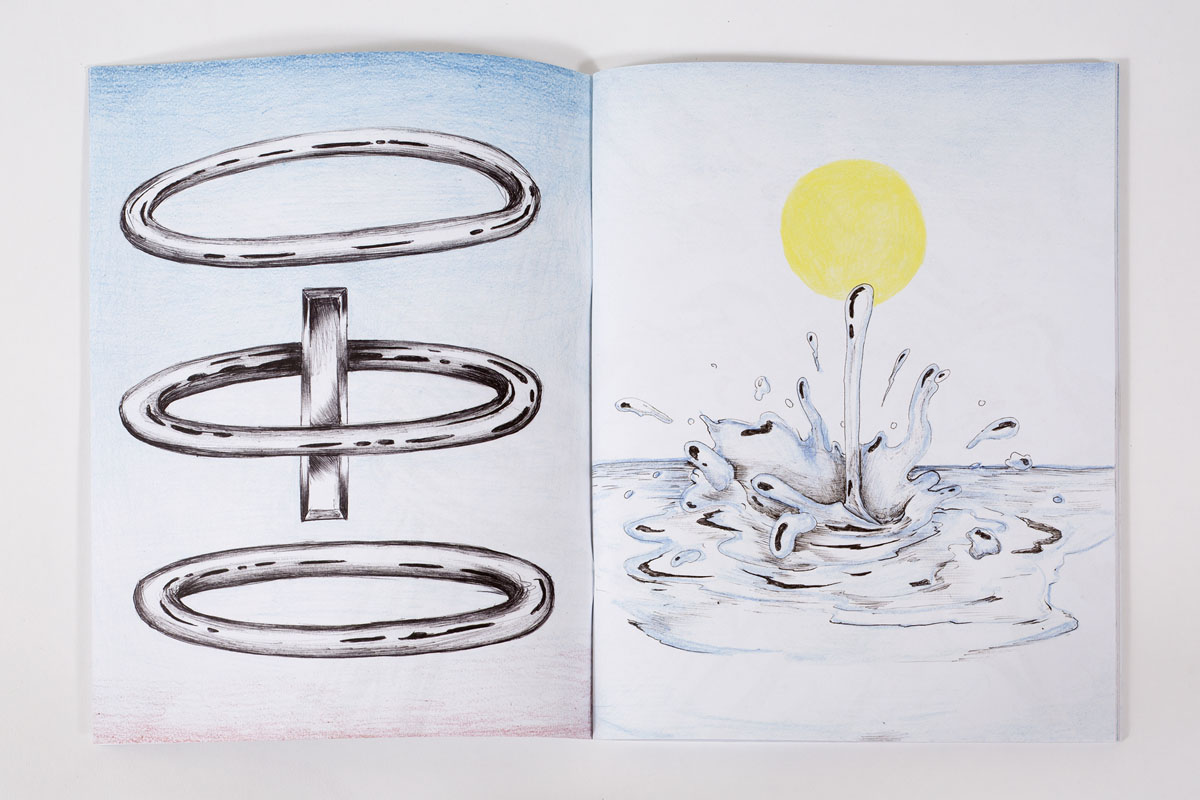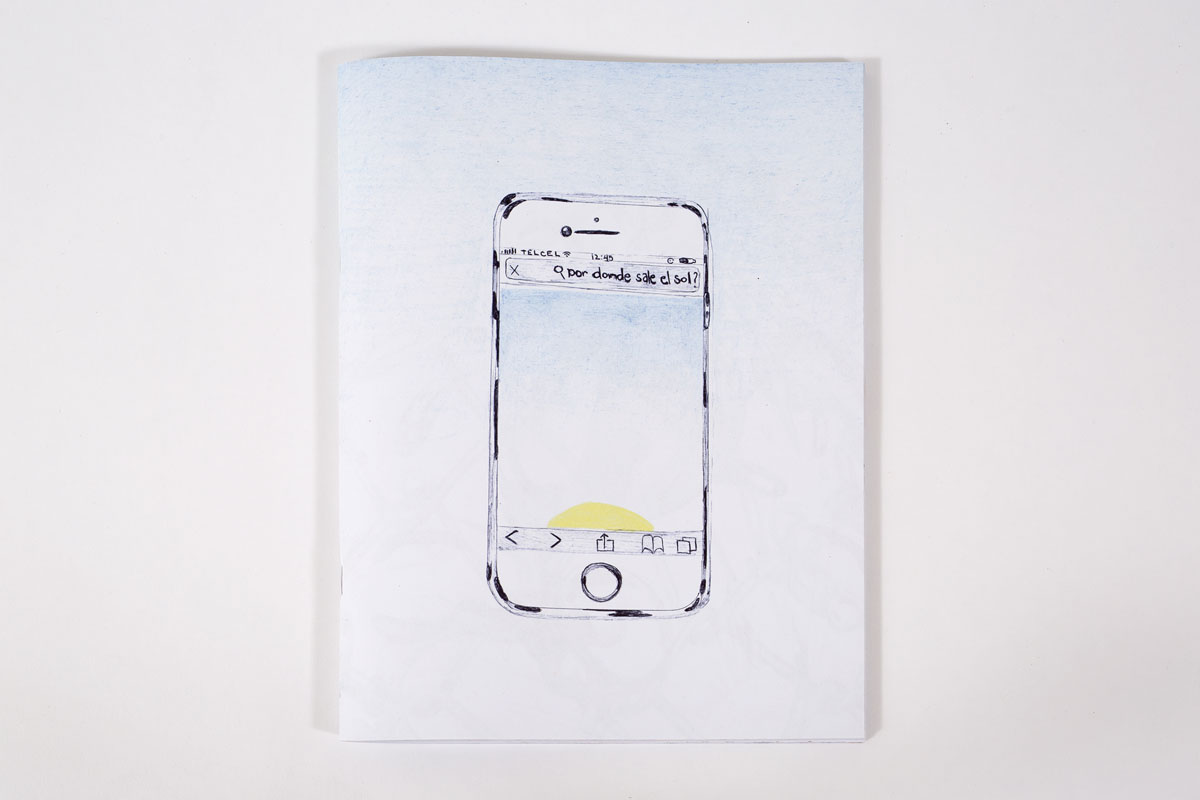Blog - Ciudad de México - Mexico
Reading time: 3 minutes

28.11.2020
Mexico City, Mexico
October 17, 2020



An architecture articulated from the landscape where platforms, water mirrors and rich vegetation coexist, served as the setting for RP to present the second artist book by José Eduardo Barajas, and the first publication by the project. For the occasion, the new CDMX-based gallery organized an exhibition consisting of pictorial work and a series of site-specific drawings. The venue for the outdoor exhibition was the Barragán Garden (with the design and intervention of Tax Arquitectura), where honeysuckles, floripondios, poinsettias, flame color trees, tepozanes, jasmine and a fig tree coexist, an ideal space to give context to the book ¿Por dónde sale el sol? (Where does the sun rise?). The presentation took place as a dialogue between Natalia de la Rosa, author of the publication’s essay; Omar Olivares, specialist in visual studies on landscape; Aurélie Vandewynckele, manager and curator focused on contemporary painting; and the artist, to explore both the referents of landscape painting based on visual analysis, in its link with science, territory and nature, and the questions that arise around an intimate and public dialectic present in the edition.
Barajas’s recent work incorporates a series of investigations that oscillate between the analysis of the history of the landscape genre and the re-encoded possibilities of digital painting. Where does the sun rise? is a pictorial and editorial project that condenses the results of a process of daily exploration and experience abroad, thought as fragments, to open up the possibilities for a visual dictionary. As Olivares mentioned in his reading of Barajas’s work and the text present in the edition, the project deals with: “the genealogy of the landscape in Mexico; the relationship between landscape and scopic regime and, later, the contemporaneity of landscape painting that they call analogical, with respect to the material and economic conditions of our region. ” This artist’s book is made up of 83 drawings that together build a sort of compendium, configured through a translation of the experience of the artist’s daily and subjective reality. It forms a catalog of sections that—like the Landesio manuals—have the possibility of being used as elements in larger compositions and in scenes of different genres.
Five medium-scale aerial perspective drawings were made specifically to link with the vegetation of the Barragán Garden. Thus, the author gave way to an opening to his own methodology, which navigates between the reflection on the referents of landscape painting in the history of local art and the study of the image in its relationship with technology, by proposing a translation of certain natural elements through an assimilation of empirical experience when recognizing the effects of light (in tension when coinciding with the reference of the satellite gaze) and its passage to the drawing plane—a process evident in the series of drawings on display in this exterior architecture. It also incorporated two drawings that portray an exploration of various kitsch consumer codes and references from digital folklore. Finally, a large-format oil painting synthesizes an investigation carried out from both the daily drawings gathered in the edition and the landscape and compositional studies. In this work, materiality explores an industrial condition present in the pictorial base as well as in the reformulation of the code, by composing a sort of systematized grammar (which in sum reminds us of an algorithmic Coatlicue) that floats before our gaze.
—Text by Natalia de la Rosa
Comments
There are no coments available.